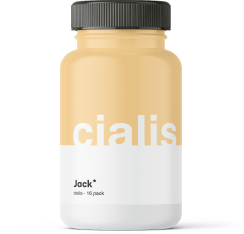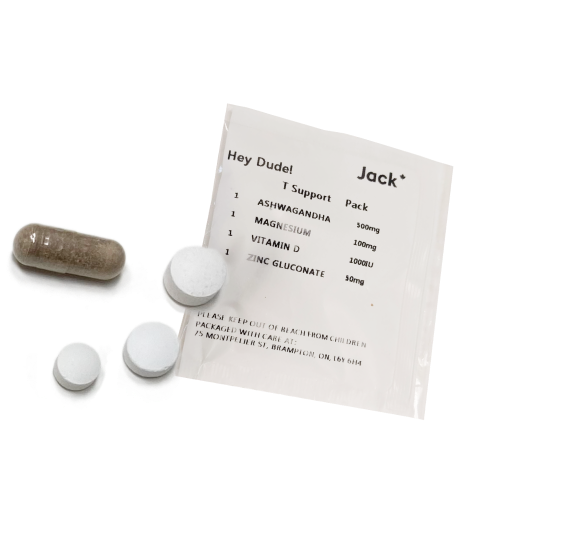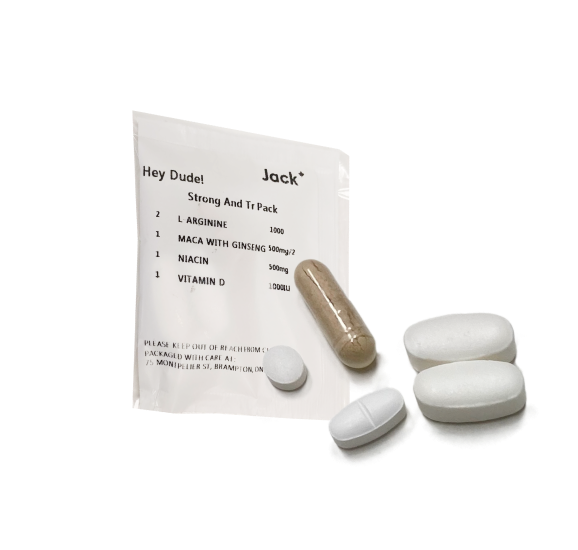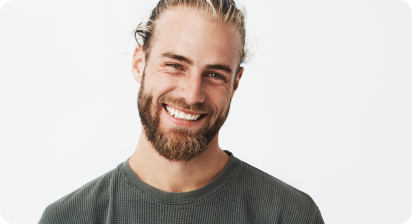Want to read more about this section?

Valuable information and resources are available with your Finasteride DIN.
Hair loss is a common condition in men caused by lifestyle choices, medications, medical conditions, hormonal changes, and genetics. Men who want to restore their receding hairline often try different hair loss treatments to regain confidence and promote regrowth.
Minoxidil and Finasteride were created to treat various medical conditions. One of their side effects was preventing hair loss.
Finasteride is used to treat male-pattern baldness, whereas minoxidil is a popular medication that both men and women can use.
Hello Hair Solutions combines various ingredients to address hair loss from several perspectives.
This article will provide a detailed analysis of Minoxidil, Finasteride, and Hello Hair Solutions to assist men in making informed choices.
Finasteride vs Minoxidil
Minoxidil is absorbed and converted to Minoxidil sulfate within the hair follicle. Minoxidil sulfate is a vasodilator that stimulates cutaneous blood flow to the scalp.
Finasteride is an inhibitor of the 5α-reductase 2 (5αR2) enzyme, which converts testosterone to dihydrotestosterone (DHT). DHT damages and miniaturizes hair follicles. Finasteride preserves hair follicles by reducing DHT.

Please keep reading. In the upcoming subsections, we will discuss the distinctions between Finasteride and Minoxidil in great detail.
Effectiveness for Hair Regrowth
Topical Minoxidil 2% stimulates new hair growth and helps stop hair loss in men with androgenetic alopecia. Higher concentrations may enhance efficacy. For instance, 62% of patients using the 5% topical Minoxidil achieved hair regrowth compared to 44% using 2% Minoxidil. This medication is not recommended for sudden/patchy hair loss, unexplained hair loss, or hair loss after giving birth.
Finasteride at an optimal dose of 1 mg/day increases hair count, slows further hair loss progression, and cosmetically improves hair growth. According to a study, 90% of men who took Finasteride saw an improvement in their hair loss, and 65% saw an increase in their hair growth. 83% of men with vertex hair loss and 70% with frontal hair loss stop losing hair after two years of consistent daily use of 1-mg oral Finasteride.
The initial effects of using Minoxidil may not be seen for two to four months. Three to four months of regular use of Finasteride provides results.
Side Effects and Safety
Topical Minoxidil crystallizes after the solvent (ethanol or propylene glycol) evaporates. Minoxidil crystals cause dermatitis, burning, redness, rashes, skin irritation, dry scalp, and skin drying. Nanoxidil represents improved Minoxidil with potentially fewer side effects.
Finasteride side effects include headache, dizziness, erectile dysfunction, impotence, and decreased libido.
Long-term use of Minoxidil and Finasteride is safe as long as the recommended dosage is never exceeded.
Cost and Accessibility
Minoxidil solution prices vary from CAD 32 to CAD 100 depending on the brand, concentration, and product size.
Generic Finasteride prices start at CAD 8 for 30 tablets. The brand version costs CAD 110, and a bottle of topical Finasteride costs CAD 99.99.
Oral Minoxidil and Finasteride are prescription-only medicines. Insurance coverage depends on any restrictions or limitations imposed by the carrier.
Ease of Use
Topical and oral Finasteride and Minoxidil differ in their application process and regimen for treating hair loss.
Minoxidil and Finasteride are considered systemic treatments when taken orally.
Topical application is simple and yields comparable outcomes to oral administration.
How Does Hello Hair Compare to Finasteride and Minoxidil?
Hello Hair topical solution available at Jack.Health reduces hair loss and encourages hair maintenance in men with mild to moderate thinning.
Hello Hair contains 5% Minoxidil, 0.1% Finasteride, and 0.03% Latanoprost. During a 6-week study, Hello Hair helped 23 individuals with androgenic alopecia achieve 82% noticeable increases in hair density and 100% hair regrowth.
Latanoprost, a prostaglandin (PG) F2𝛼 analog, efficiently treats many forms of alopecia. Latanoprost induces an anagen phase of telogenic hair follicles. It dramatically amplifies the positive effects of Finasteride and Minoxidil.
- A daily oral Finasteride pill is more convenient than a topical solution. Oral Finasteride may cause sexual dysfunction, which increases the appeal of topical solutions.
- Hello Hair costs CAD 320 or CAD 480 for two or four months.

Which Solution is Best to Treat Hair Loss?
The choice of hair loss product depends on the degree and pattern of hair loss, patient preferences, side effects, ease of use, and medical advice.
Early stages of thinning might respond well to Minoxidil alone. Male pattern hair loss is usually treated with Finasteride.
Hello Hair is the best choice for advanced hair loss because it addresses several causes.
Key Takeaways
- Finasteride and Minoxidil effectively slow the progression of hair loss. Early treatment yields a more favorable result.
- Finasteride and Minoxidil are generally well tolerated, although potential side effects such as skin irritation or sexual dysfunction may occur.
- Hello Hair Solutions combines Minoxidil, Finasteride, and Latanoprost to target hair loss from multiple angles.
- Insurance coverage for these treatments varies considerably based on the medication and policy details.
Frequently Asked Questions
Can I Take Finasteride Without a Doctor?
No, you must have a prescription from a licensed healthcare professional in Canada. Finasteride is a medication that requires a doctor’s supervision due to possible side effects and the need for proper dosage and monitoring.
Is Minoxidil Safe for Women?
In general, yes, except for pregnant and breastfeeding females. It is Health Canada-approved for treating hair loss in women at a 2% concentration and available over-the-counter.
Can Finasteride and Minoxidil Be Used Together?
Yes, they complement each other. Combining these two treatments is often more effective than using either one alone, as they work through different mechanisms to promote hair growth and prevent further loss.
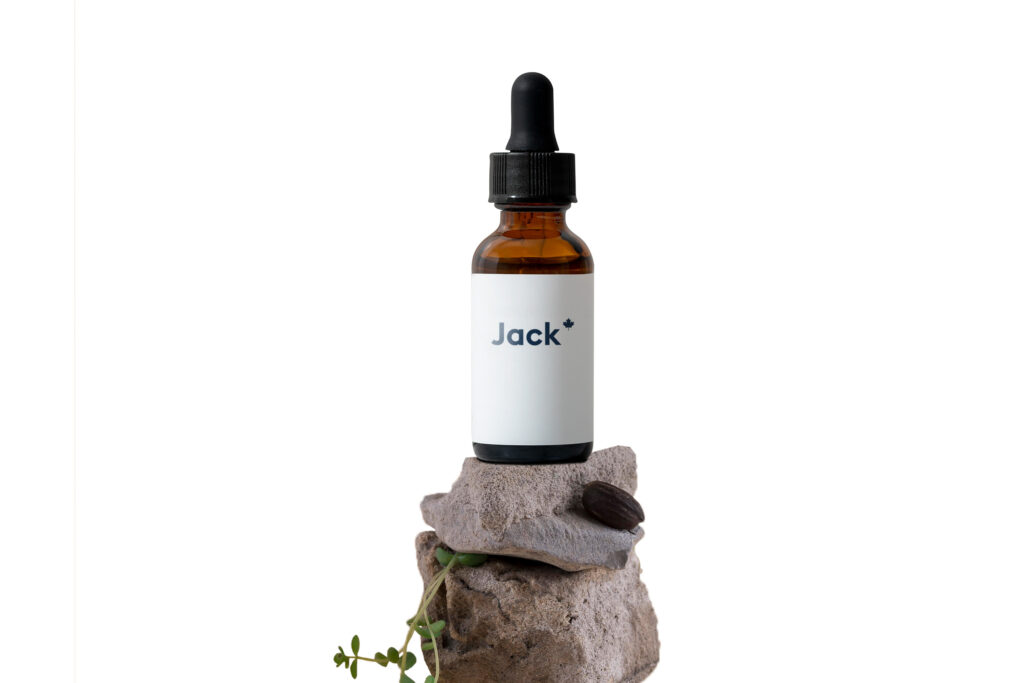




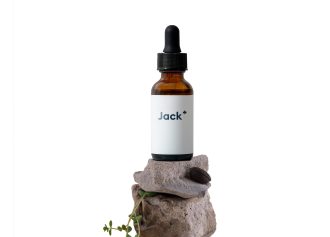
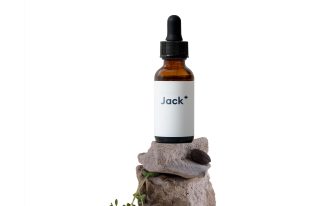
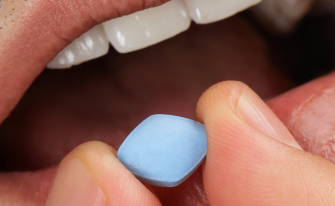


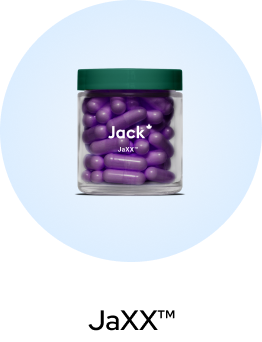
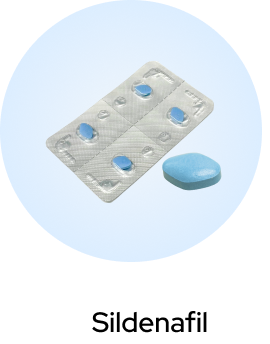
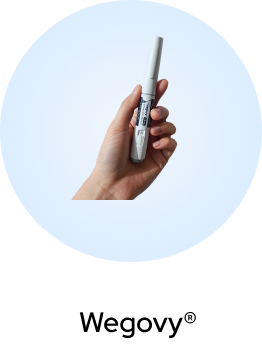
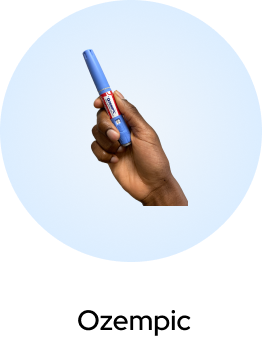


 (US)
(US)